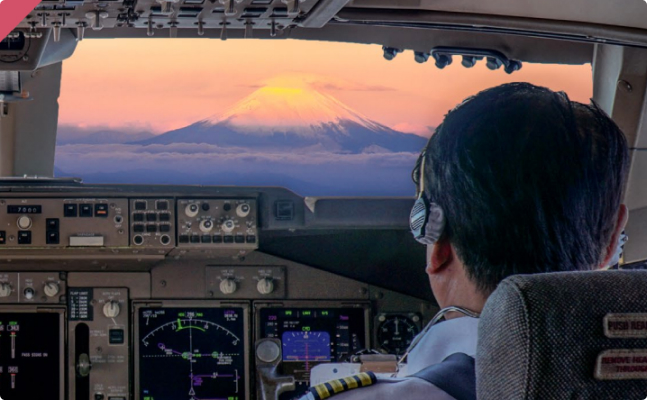Commercial Pilot Licence


The course is demanding and will require you to pass seven CASA theory exams as well as detailed flight training.
- Charter
- Flight Instruction
- Agricultural Operations
- Airline Pilot
- Search & Rescue
- Fire Spotting / Bombing
- Aerial Surveillance
- Air Ambulance
What is involved in learing the CPL theory?
The theory syllabus for the CPL includes subjects such as flight rules and air law, aerodynamics, meteorology, navigation, human factors, operation, performance and planning, power plants and aircraft systems.
You can study the theory yourself if you have a self-learning course or you can attend classes at a flying school (contact a flying school to work out the best way for you to complete the theory training for the CPL).
Payment can be made on a pay-as-you-go basis, pre-paid in full, or via instalments. This is a non-integrated course. The course encompasses 200 hours of flight time, including 100 hours of dual flight and 100 hours as pilot in command. It takes you all the way from the Recreational Pilot Licence (RPL) through the Private Pilot Licence (PPL) to the Commercial Pilot Licence (CPL).
Licence Requirements
- Be at least 16 years of age.
- Complete flight training at a CASR Part 141 or 142 training organisation.
- Meet the minimum aeronautical experience requirements.
- Pass the CPL theory exam for the category rating set by CASA.
- Pass a CPL flight test for the licence and category rating.
Exam Structure
- CPL Navigation (CNAV)
- CPL Meteorology (CMET)
- CPL Human Factors (CHUF)
- CPL Flight Rules & Air Law (CLWA)
- CPL Aerodynamics (CADA)
- CPL Aircraft General Knowledge (CSYA)
- CPL Operation, Performance & Flight Planning (CFPA)
The aeronautical knowledge standards are prescribed in Schedule 1 of the Part 61 Manual of Standards (MOS). The details of the knowledge standards for each unit are in Schedule 3 of the MOS.
All Courses
Commercial Pilot Licence


The course is demanding and will require you to pass seven CASA theory exams as well as detailed flight training.
- Charter
- Flight Instruction
- Agricultural Operations
- Airline Pilot
- Search & Rescue
- Fire Spotting / Bombing
- Aerial Surveillance
- Air Ambulance
What is involved in learing the CPL theory?
The theory syllabus for the CPL includes subjects such as flight rules and air law, aerodynamics, meteorology, navigation, human factors, operation, performance and planning, power plants and aircraft systems.
You can study the theory yourself if you have a self-learning course or you can attend classes at a flying school (contact a flying school to work out the best way for you to complete the theory training for the CPL).
Payment can be made on a pay-as-you-go basis, pre-paid in full, or via instalments. This is a non-integrated course. The course encompasses 200 hours of flight time, including 100 hours of dual flight and 100 hours as pilot in command. It takes you all the way from the Recreational Pilot Licence (RPL) through the Private Pilot Licence (PPL) to the Commercial Pilot Licence (CPL).
Licence Requirements
- Be at least 18 years of age.
- Complete flight training at a CASR Part 141 or 142 training organisation.
- Meet the minimum aeronautical experience requirements.
- Pass the CPL theory exam for the category rating set by CASA.
- Pass a CPL flight test for the licence and category rating.
Exam Structure
- CPL Navigation (CNAV)
- CPL Meteorology (CMET)
- CPL Human Factors (CHUF)
- CPL Flight Rules & Air Law (CLWA)
- CPL Aerodynamics (CADA)
- CPL Aircraft General Knowledge (CSYA)
- CPL Operation, Performance & Flight Planning (CFPA)